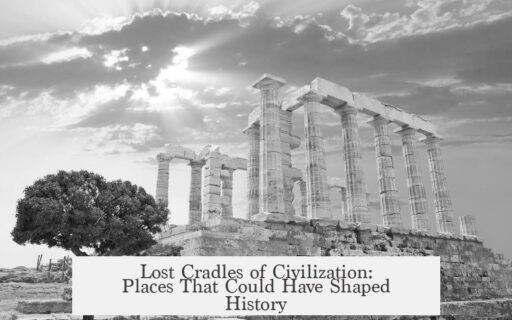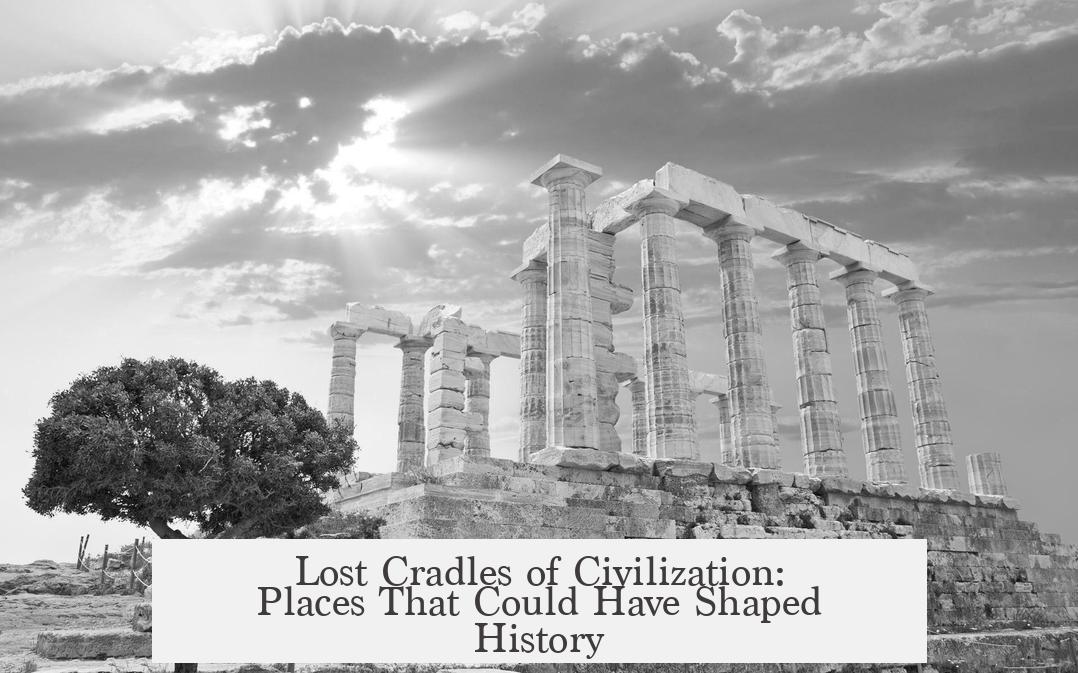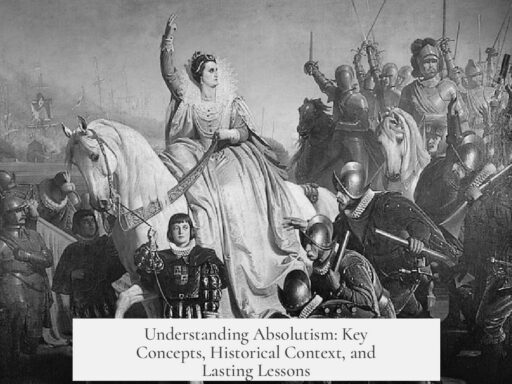There have indeed been several “could-have-been” cradles of civilization—societies with many features of early civilizations that, for various reasons, did not develop into enduring state-level entities like Mesopotamia or Ancient Egypt. Examples include Old Europe in the Danube region, the Sintashta culture of the Urals, parts of the Mississippi River basin, and recent findings in the Amazon basin. Each case reveals how environmental, cultural, and technological conditions influenced the trajectory of complex societies.
The concept of “could-have-been” civilizations often assumes civilization is the inevitable or ultimate goal of social development. This is debatable, as some scholars argue that framing these ancient cultures as “failures” presumes civilization is inherently desirable. Nonetheless, the question remains of why some complex societies did not evolve into centralized states.
One major approach to this question analyzes the geographical and environmental conditions surrounding these cultures. Jared Diamond’s work popularized this perspective, suggesting that climate, available flora and fauna, water sources, and soil conditions shape societies’ potential to form civilizations. However, this approach can oversimplify the complex causes of state formation by focusing too strictly on natural conditions.
- Old Europe (Danube Region, before 3000 BCE): This cluster of prehistoric cultures featured widespread metalworking, extensive trade networks, and settlements resembling cities. However, it ultimately collapsed and was replaced by Indo-European cultures. Factors like surrounding forests hindered large-scale agriculture, while the lack of geographic constraints (such as deserts) allowed populations to disperse rather than concentrate in proto-states.
- Sintashta Culture (Urals): Known for early chariot technology and sedentary settlements, the Sintashta eventually shifted back to more mobile lifestyles. This transition suggests that cultural and technological shifts can reverse trends toward centralization rather than drive them forward.
- Mississippi River Civilization: This culture showed signs of increased agricultural productivity through maize farming and growing population density. Social hierarchies emerged, along with some regional influence exerted by groups. However, maize’s limitations—poor storability and transport difficulties compared to cereal grains—may have impeded the emergence of strong, centralized states. This raises questions about strict definitions of civilization, especially when architectural hallmarks like stone buildings are absent.
- Amazon River Basin: Once believed unsuitable for ancient complex societies due to poor soil, recent archaeological discoveries reveal signs of ancient architecture and possible proto-states. This suggests a more sophisticated social organization than previously assumed, though environmental challenges and limited research have slowed definitive conclusions.
Several key theories shed light on why these “false starts” did not transition into classic civilizations. While agriculture is necessary, it alone doesn’t guarantee state formation. Other factors include:
| Factor | Explanation & Impact |
|---|---|
| Agriculture Type and Storage | Cereal grains like wheat or barley can be stored long-term, enabling food surpluses that elites can appropriate via taxation. Roots or maize are less storable, limiting centralized control mechanisms. |
| Environmental Constraints | Forests, river shifts, and climatic seasonality either support or hinder stable agricultural and settlement patterns. For example, shifting rivers like in Mesopotamia pressured communities to cooperate, fostering hierarchy. |
| Metal Resource Access | Limited and monopolized access to metals like tin and copper supported elite control. Regions with abundant metals, like Western Europe, lacked centralized states due to easy access reducing monopolies. In contrast, iron spread decentralized power since everyone accessed weapon-grade metals. |
| Geographical Anchoring | Deserts or other natural barriers forced settlement near certain resources, strengthening state-level organization, unlike in places where populations could disperse freely. |
The interplay of these elements influenced whether complex societies could cement a centralized state identity. The examples show diversity in conditions, suggesting no single pathway determined civilization emergence globally.
The question also reflects on rigid definitions of civilization. Some societies, such as those in the Mississippi or Amazon basins, challenge the assumption that monumental architecture or literacy are necessary for civilization status. It highlights the evolving nature of archaeological understanding.
- Old Europe exhibited proto-urban traits but collapsed likely due to Indo-European migrations and ecological factors.
- Sintashta shows a reversal from sedentary to mobile lifestyles, indicating non-linear societal development.
- Mississippi river cultures had hierarchy and trade but limitations of maize farming affected state centralization.
- New Amazon findings suggest more complex ancient social structures than previously assumed.
- State formation depends on multiple factors: crop storage, environment, metal access, and geographical constraints.
- The framing of “failures” presumes civilization as an inevitable or superior outcome, which is debated.




